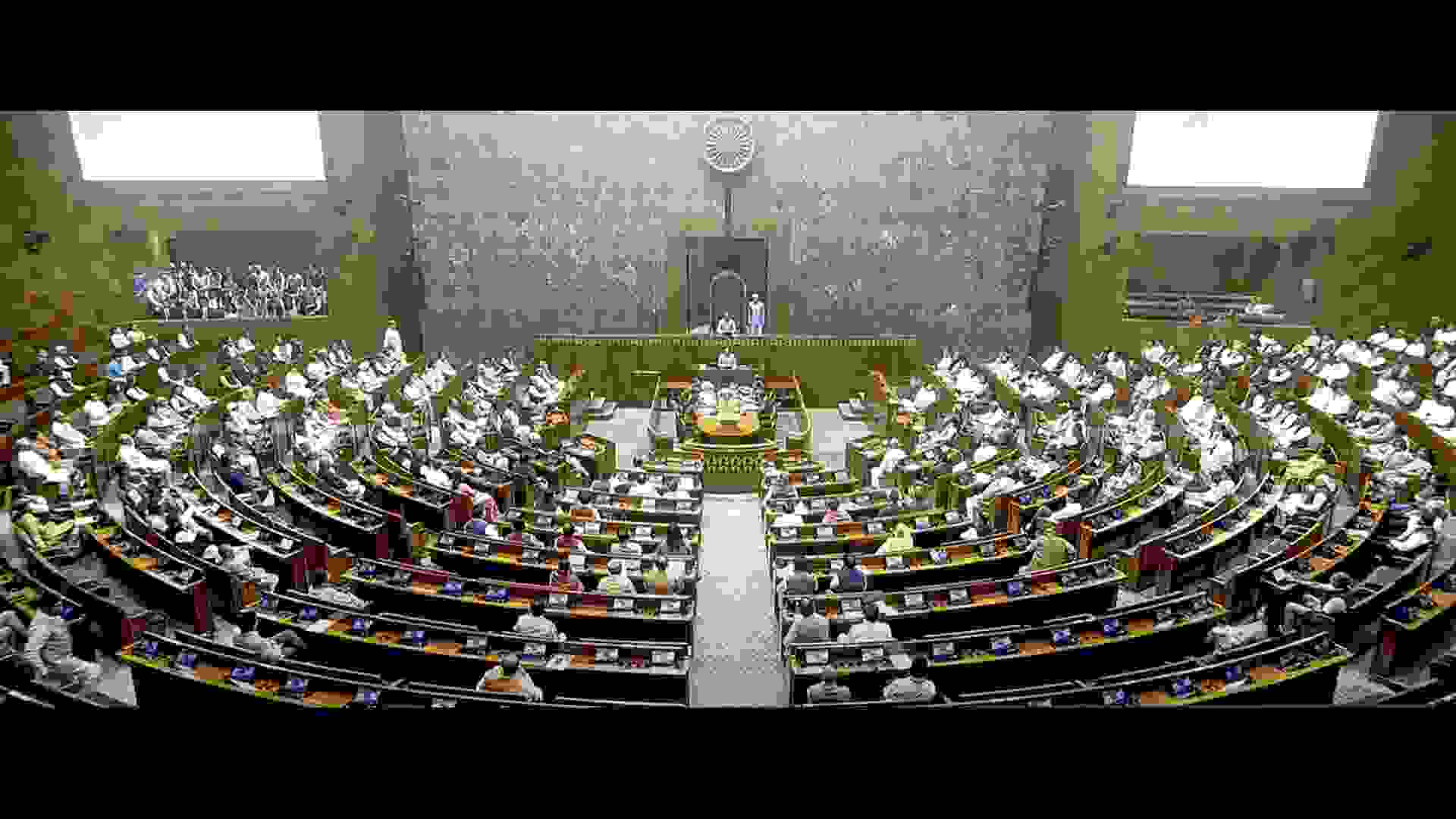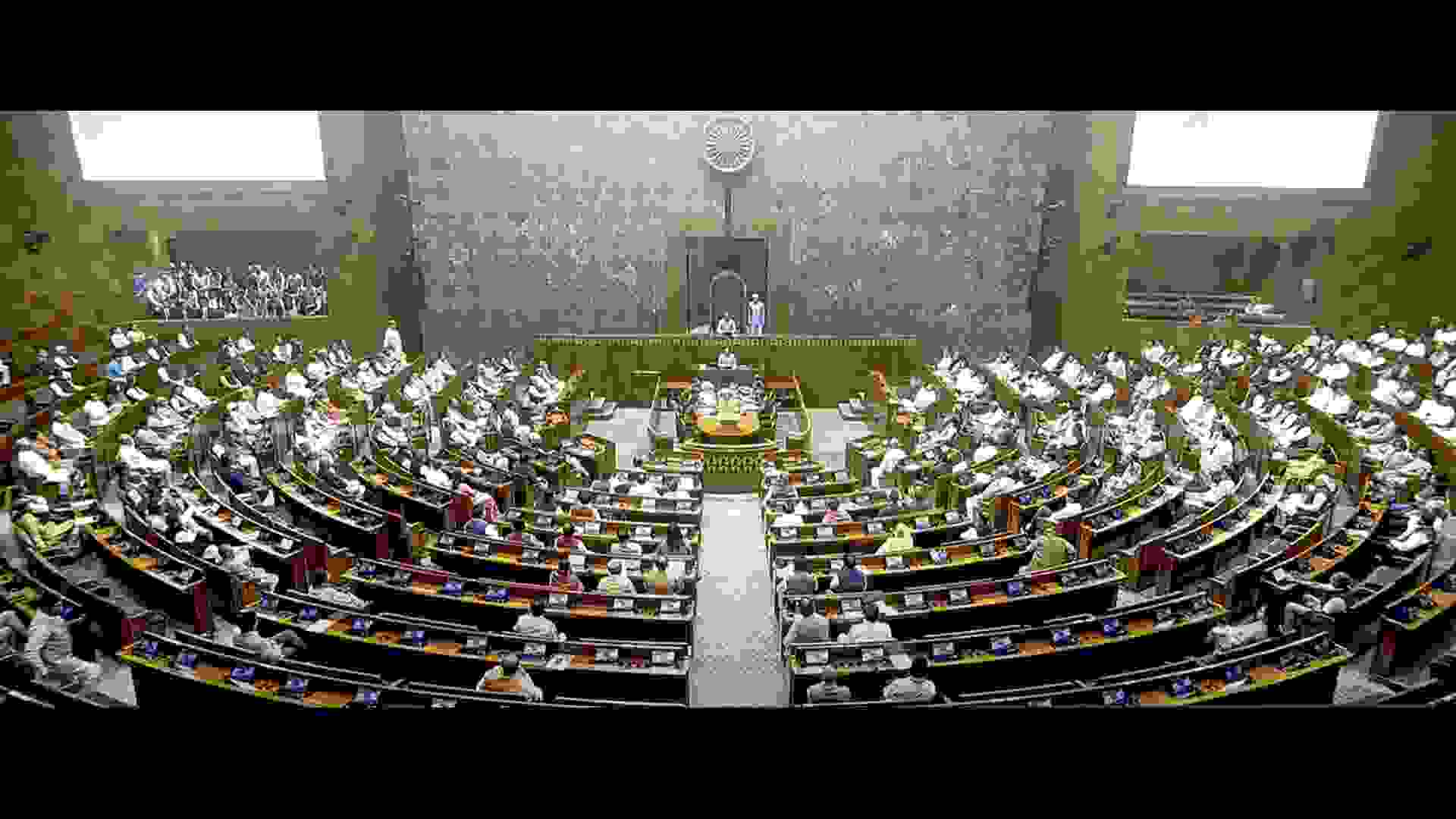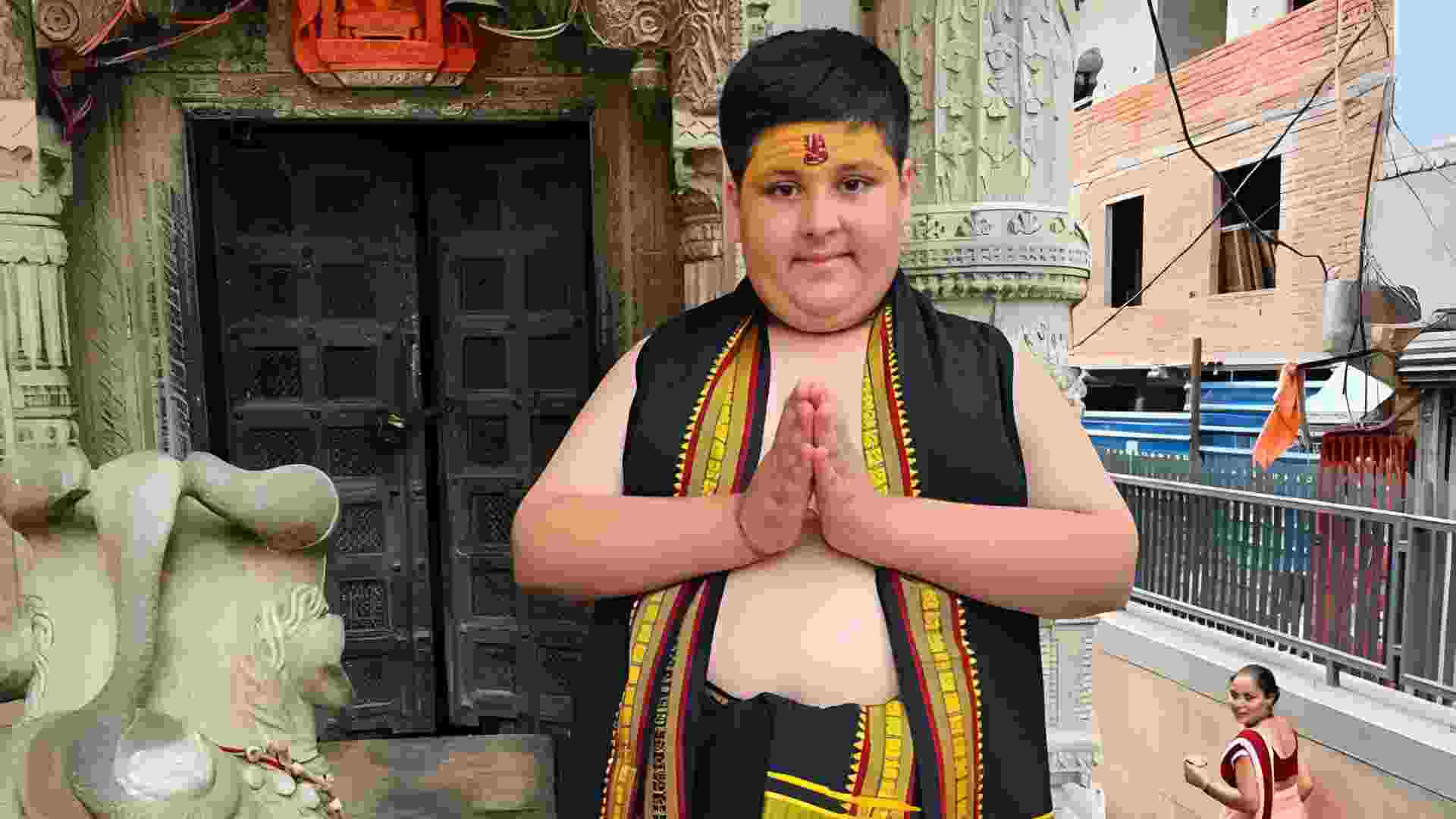Navroz, the word is derived from ‘nav’ and ‘roz’, means new and day respectively in Persian. This day is celebrated by Parsis all over the world. This is also known as Parsi New Year and it is celebrated on the first day of the Zoroastrian calendar’s first month, Farvardin. Navroz falls every year on 21st march on Spring Equinox but parsis follows the Shahenshahi calendar so according to that it celebrates their new year later in July or August.
History & Significance of Navroz
According to the legends, it is believed that this holiday was started by Prophet Zarathustra, the founder of Zoroastrianism. It is one of the monotheistic religions in the world, in Persia (now Iran) who migrated to some places in India in the seventh century owing to the Islamic invasion. Therefore, it is celebrated in many parts of the country. This festival is also known as Jamshed-i-Nouroz right after the Persian king jamshed founded the Parsi calendar.
Parsi New Year Celebrations
On this day Parsis clean their houses and decorate it with flowers and rangoli. They visit holy temples and perform prayers along with the family. The Persian dishes like moong dal, pulav, fish, sali boti and sweet ravo are cooked in their homes for a hearty feast. Some people also celebrate festival by giving charitable donations to the needy.














